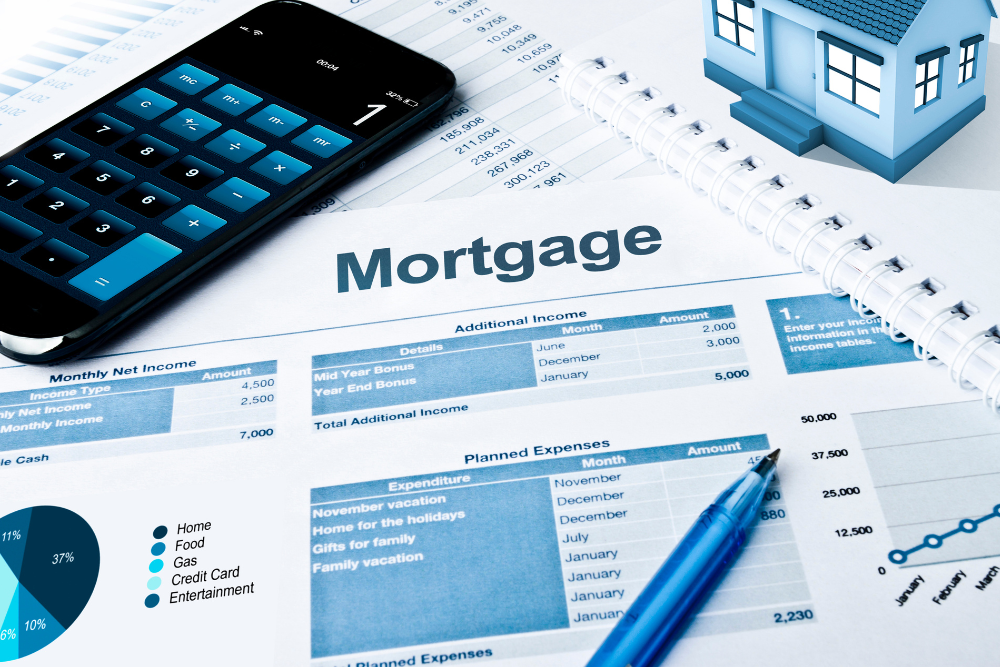The world of real estate financing is undergoing a seismic shift in 2025. As buyers face evolving economic conditions, rising interest rates, and tighter inventory across the U.S., innovative financing models are becoming essential tools for homeownership. From fractional ownership to blockchain-backed mortgages, modern solutions are reshaping how people purchase property—especially in high-demand markets. In this blog, we’ll explore the most promising and disruptive financing models redefining the industry this year and how both buyers and realtors can take advantage of these trends.
Fintech-Powered Mortgages: Speed, Flexibility, and Broader Access
Digital Mortgage Platforms Are Reshaping Lending
Fintech-driven mortgage platforms like Better.com, Rocket Mortgage, and newer AI-integrated tools are streamlining the loan approval process and reducing barriers to entry. These platforms are attracting first-time buyers with faster underwriting, instant credit checks, and more personalized loan matching. Buyers in competitive markets like California or Texas are turning to these digital-first lenders to gain a speed advantage in bidding wars.
Alternative Credit Scoring Systems Offer More Inclusive Lending
New platforms are also using alternative data—such as rent payment history, utility bills, and subscription records—to determine creditworthiness. This trend is opening doors for Gen Z and millennial buyers who might not qualify under traditional credit models. Realtors can guide clients toward lenders embracing these inclusive scoring systems, especially in urban centers like Seattle or Austin, where younger buyers dominate.
Fractional Ownership and Co-Investment Models: Lowering Entry Barriers
Buying a Share of a Home Instead of the Whole Property
Fractional ownership platforms like Pacaso, Arrived Homes, and Lofty are enabling individuals to purchase shares of high-value properties, splitting both ownership and costs. This model is ideal for vacation home markets in places like Hawaii or Palm Springs, where full ownership may be financially out of reach. For realtors, this means expanding their service offerings to new buyer personas—including investors, second-home seekers, and part-time residents.
Co-Buying and Co-Living Solutions Gain Popularity
Platforms such as CoBuy and Bungalow facilitate joint property purchases and co-living arrangements among unrelated buyers. This model is particularly attractive in high-cost metros like San Francisco, Los Angeles, or New York. Realtors who understand co-buying structures can offer tailored advice, recommend legal resources, and connect clients with like-minded co-owners.
Tokenization, Blockchain, and Real Estate Crowdfunding
Blockchain Tokenization of Properties
In 2025, blockchain technology continues to disrupt real estate by enabling tokenization of property assets. Tokenization allows buyers to invest in small, digital fractions of real estate via secure blockchain contracts. It’s gaining traction in cities like Miami and Denver, where local governments are embracing blockchain regulation. This democratizes real estate investing, creating opportunities even with modest capital.
Real Estate Crowdfunding Platforms
Crowdfunding is becoming a viable entry point for both residential and commercial property investments. Platforms like Fundrise, RealtyMogul, and CrowdStreet allow everyday investors to pool resources and fund real estate developments. For agents, partnering with these platforms—or educating clients about them—can help generate leads from aspiring investors seeking passive income through real estate.
Lease-to-Own and Shared Equity Models: Bridging the Affordability Gap
Lease-to-Own for First-Time Buyers
Companies like Divvy, Landis, and Dream America offer lease-to-own programs designed for renters aspiring to become homeowners. These services let clients rent a home with the option to buy later—while building equity with each payment. This model is especially helpful in suburban markets near growth cities like Charlotte, Atlanta, and Indianapolis, where affordability and mobility trends collide.
Shared Equity Agreements Offer Debt-Free Entry
Shared equity financing, such as the models used by Unison and Hometap, allows homeowners to receive capital upfront in exchange for a share of future home appreciation. These programs are ideal for buyers with limited down payment funds or homeowners needing liquidity without taking on more debt. Realtors should consider including these options in their financing consultations.
Green Financing: Eco-Friendly Lending Options on the Rise
Incentives for Sustainable Home Features
As climate consciousness grows, lenders are offering green mortgage options that reward buyers for energy-efficient homes. Programs like Fannie Mae’s HomeStyle Energy Mortgage allow borrowers to finance energy upgrades like solar panels or efficient HVAC systems. Realtors should highlight such programs when marketing eco-friendly homes, especially in environmentally progressive regions like Oregon or Colorado.
How Realtors Can Stay Ahead of the Curve
Incorporating innovative financing solutions into your business isn’t just smart—it’s essential. Today’s buyers, especially millennials and Gen Z, are not looking for cookie-cutter paths to homeownership. Realtors who understand and can explain these new financing models will stand out, build trust, and close deals faster.
- Stay updated with fintech partnerships and tools.
- Offer lender recommendations beyond traditional banks.
- Provide educational materials that break down complex financing models.
Financing the Future, One Model at a Time!
The real estate industry is no longer bound by outdated models or limited access to capital. Innovative financing in 2025 is unlocking new possibilities—from blockchain to shared equity, and from co-buying to green mortgages. By staying informed and adaptable, realtors and buyers alike can take advantage of these emerging trends to achieve homeownership goals on their own terms.








